In the process of creating our Top 20 lists our team writes scouting reports for more than just the 20 players who make the cut. For the first time in many years we are releasing theses scouting reports tiered by OFP below.
Here is the Braves Top 20 prospects for reference:
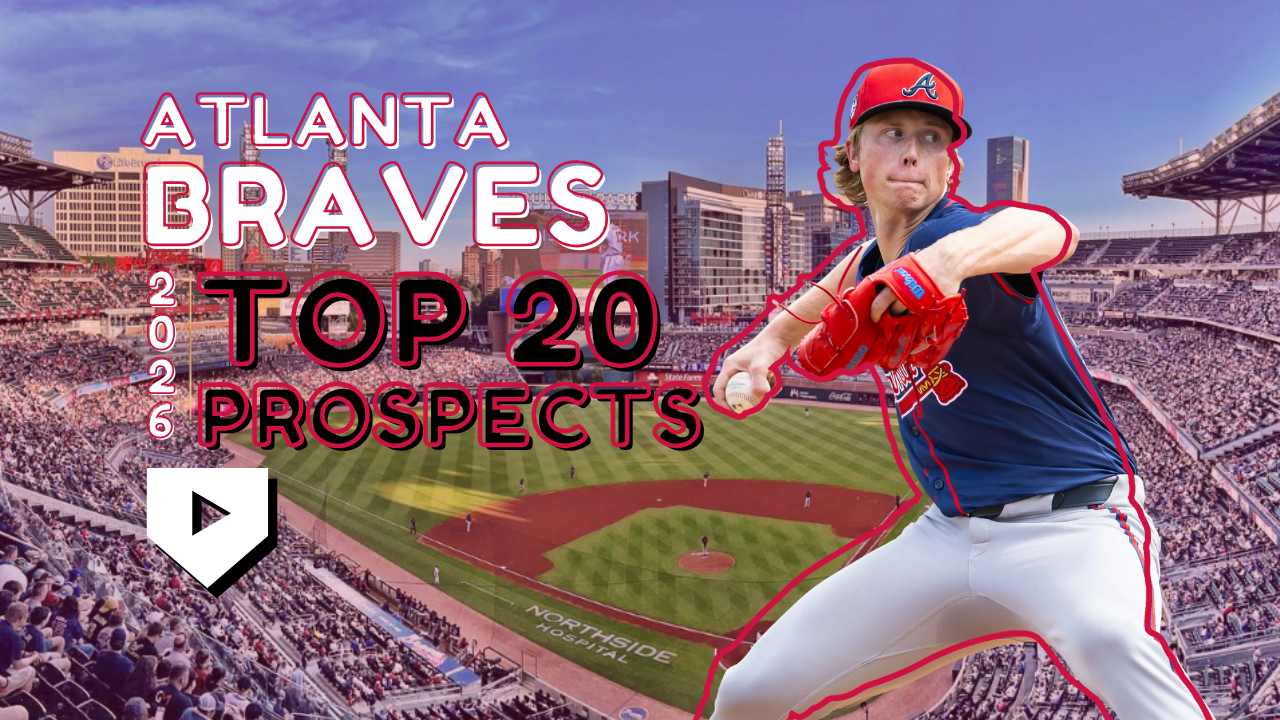
About Our Top 20 Lists
Prospects Live, led by its evaluating team & Director of Scouting Rhys White, is proud to begin rolling out its annual offseason system reports. The team combines industry feedback, our live looks, film, and available data to compile each org. We believe this effort has enabled us to present you, the reader, with our best possible view of the prospects in the organization.
We have constructed this list using the Overall Future Potential (OFP) scale. There is no perfect equation for ranking prospects or assigning value to them, but we believe this method is the best possible approach. Every prospect on this list has been graded based on the tried and true 20-80 scouting scale. An 80 is the highest tool and OFP grade on the scale, reserved for MVP-caliber players or tools. Conversely, a 20 is reserved for non-prospects (NPs). A 50 OFP falls in the middle, indicating our evaluators deem this player a future average major league player. Below the 50 OFP tier are the 45s and 40s, comprising a large majority of players on each list. These are specific-role players, such as platoon hitters, utility players, or low-leverage relievers. Above the 50 OFP tier are the 55s and 60s. A 55 represents a future above-average player, and a 60 OFP designation is reserved for future All-Star caliber players.
In addition to the tool grades and OFP, we will also include a 'Risk' associated with each prospect. We use this to better communicate to you, the reader, whether a grade is more aggressive or conservative in nature. The evaluation team has worked hard to apply both the grades and risk components to better illustrate how each individual prospect stacks up in their respective system and in the baseball ecosystem.
Evaluators: Brandon Tew, Daniel Barrand, Gabriel Estevez, Matt Seese, Rhys White, Trevor Hooth
Honorable Mentions Scouting Reports
Find Scouting Reports and Tool Grades in each toggle section
40 OFP Hitters
Eric Hartman, OF - 40 OFP
Scouting Report
HT: 6-1 WT: 185 H/T: L/R
Highest Level: A
ETA: 2030
OFP: 40
Risk: Extreme
Hit: 45
Power: 45
Field: 50
Throw: 40
Run: 70
Scouting Report
Eric Hartman projects as a fourth outfielder who brings defensive flexibility with some experience on the infield dirt. He offers intriguing pop for a medium-framed, slender build, with enough bat speed to hint at more power. However, his tendency to roll over low pitches and hit the ball on the ground may limit him as a fringe power tool unless he makes adjustments. Defensively, he doesn’t always take clean routes in the outfield, but his speed allows him to cover ground, especially coming in on balls. He profiles as an average corner outfielder who can also handle CF if his routes become more efficient and his jumps improve. His arm likely limits him to left field rather than right, but with his profile leaning more on speed and some power, his defense should hold up adequately. Earlier in the season, Hartman logged time at second base and showed fringe-average to average potential there, looking more comfortable moving to his left rather than up the middle, with enough arm strength and arm utility to handle the position. At the plate, Hartman sets up in a shoulder-width stance with slightly bent knees, using a rhythmic rock and slight bat waggle for timing. His load is simple, with shoulder-high hands and a slight leg kick, but he doesn’t fully engage his lower half and relies more on his arms and upper body. His swing can be flat and slashing, with a two-hand finish where he rolls through his top hand and wrist. This causes him to topspin liners and grounders, especially on lower pitches. He does damage in the zone and hunts hanging breakers, as well as mistakes on offspeed pitches, but will sit on a pitch. Noticeable in late counts when he will take fastballs in the zone. He struggles with adjustability, on pitches low in the zone, and will chase breakers below the zone or have a tough time getting his bat head to knee-high offspeed pitches. He is at his best when he can take low pitches the other way and slice them to left field while doing most of his damage on pitches toward the upper part of the zone. Hartman’s value lies in his blend of speed and occasional power, along with his positional versatility. As it stands, he appears to be a bench piece who can impact a roster with his athleticism, speed, and ability to fill multiple roles. - Brandon Tew
Cody Miller, 3B - 40 OFP
Scouting Report
HT: 5-11 WT: 189 H/T: R/R
Highest Level: A+
ETA: 2029
OFP: 40
Risk: High
Hit: 50
Power: 45
Field: 50
Throw: 50
Run: 60
Scouting Report
Cody Miller is a smaller, athletic infielder who profiles well for an infield role, projecting as a left-side of the diamond option. Miller currently grades out as more bat over glove. Still, his versatility across Augusta and Rome—seeing time at shortstop, second base, and third — should be valuable as the Braves continue to evaluate where he fits defensively, while betting on his hand speed and contact ability to carry his offensive profile. In the box, Miller hits from a slightly open stance with his feet set shoulder-width apart and knees flexed. He gathers onto his back leg with a medium leg kick, creating a modest stretch through separation. The swing lacks some looseness and natural rhythm, but remains repeatable, with a brief barrel tip into a pre bat wrap before he stops the tipping of the barrel forward quickly. Miller tends to land slightly open, leaving him susceptible to breaking balls that sweep away, though he generally stays inside the baseball and limits whiffs with high in-zone contact rates. He’s an aggressive hitter who looks to attack early, generating contact on a wide variety of pitches. There’s modest pop to the pull side, particularly on pitches down in the zone, and enough feel to manipulate the barrel for line drives the other way on pitches up. Defensively, Miller grades around average with solid footwork and rhythm through the ball. He shows comfort circling grounders to his forehand and making throws on the move. While he can handle shortstop in a pinch, his range and reads fit better in smaller spaces—either moving in at third base or working up the middle. The arm strength extends across the diamond and should allow him to stay on the left side long-term. Miller’s in-zone contact and all-around athleticism give him a chance to fill a bench role, with added value as a pinch runner and subsequent late-inning defensive replacement. Continued physical maturity and an uptick in hard contact could elevate the power output enough to round out a profile built on versatility and high contact rates. - Brandon Tew
Nick Montgomery, C - 40 OFP
Scouting Report
HT: 6-4 WT: 210 H/T: R/R
Highest Level: A
ETA: 2030
OFP: 40
Risk: High
Hit: 40
Power: 50
Field: 45
Throw: 55
Run: 40
Scouting Report
Montgomery was signed for a large $997,500 overslot bonus after he was drafted in the 5th round of the 2024 draft by Atlanta. The California native has a large physical build for a catcher and looks imposing at the plate. Montgomery’s first pro season came with many struggles; consistent contact was a major point of struggle for Montgomery, with well-below-average Z-Contact and Whiff numbers. The approach isn’t extremely conservative or aggressive, swinging 47% of the time. It’s an uppercut swing that is geared more for power, which Montgomery hasn’t really unlocked with a 107 MPH max exit velocity. A big concern to go along with the hit tool issues is him only slugging 5 homers in 357 plate appearances with a .083 ISO. If Montgomery can’t hit, there will be a lot of reliance on his power, which does not appear to have popped yet. Montgomery gets a lot of value as a catcher, but in 2025 was well below average at framing with -11 framing runs. He does have a strong arm, and his physical frame allows him to be advanced at blocking, but there remains questions about his future behind the plate if he continues to be a poor receiver. Montgomery doesn’t show any elite athleticism and was far from a threat on the base paths. Montgomery’s prospect status exists due to his age and draft position more than anything. His frame appears rather filled out, and it is unlikely there is more projection in the build. Montgomery has a well-below-average hit tool without any flashes of above-average or plus raw power, and he hasn’t got to any power in-game either. Montgomery could have a better evaluation from me if he were a strong defender, but that doesn’t appear to be the case. We will need to see a massive leap in bat-to-ball skills or power for Montgomery to be a worthwhile top prospect. The main carrying tool for Montgomery is that he is young, and this is his first season of professional baseball. However, his Z-Contact bucket gives him a ~10% chance of reaching the majors, let alone being an impact player. - Danny Barrand
Jose Perdomo, 3B - 40 OFP
Scouting Report
HT: 6-1 WT: 195 H/T: R/R
Highest Level: CPX
ETA: 2029
OFP: 40
Risk: Extreme
Hit: 40
Power: 50
Field: 50
Throw: 55
Run: 50
Scouting Report
Things are not looking great for Jose Perdomo, and a lot of that is his own undoing thanks to an aggressive approach. Perdomo goes up to the plate looking to swing, and that is evident by his 53% swing rate. He does not put himself into optimal counts, as he routinely swings at pitches he has no business swinging at. Perdomo struggles with chasing pitches, and that may ultimately be his undoing. While there are glaring hit-tool red flags, Perdomo does have some power when he makes contact. There is 20-homer power in the bat if he can make enough contact, as there is above-average raw power, but the approach makes the power play down a half-grade in-game. Outside of a hamstring injury in 2024, Perdomo has had a mostly clean bill of health. He is a good, not great, athlete who plays an average defensive shortstop. Perdomo has solid range and an above-average arm for the shortstop position at his age. There is a chance he develops into an above-average defender thanks to more seasoning at the shortstop position. He does have a slight tendency to speed up throws that he doesn't have to, and that gets him into some slight trouble, but outside of that, he projects out as a solid defender at a premium defensive position. When the Braves signed Perdomo, they were hoping for a dynamic shortstop prospect, and unfortunately, some approach issues cap the ceiling here. - Rhys White
Geraldo Quintero, OF - 40 OFP
Scouting Report
HT: 5-5 WT: 155 H/T: S/R
Highest Level: AA
ETA: 2027
OFP: 40
Risk: High
Hit: 45
Power: 40
Field: 50
Throw: 45
Run: 55
Scouting Report
An undersized outfielder, listed at 5'5" and 155 pounds. Geraldo Quintero has changed his setup at the plate, opting to start straight up rather than bent at the knees. This has simplified his operation, taking out a lot of movement through the swing process. Quintero has a quick bat that lets him maximize his power from his small, but strong frame. He covers the zone well at the plate with a good eye. Still, he has a tendency to swing over breaking pitches. In the field he's a good defender and can cover plenty of ground in left field, which is likely where he's limited to with his arm. His best tool is his speed. It helps him in the field and allows him to steal plenty of bases. Quintero gets the most out of his size in every facet of the game. He profiles as a fourth outfielder with his speed leading his profile. - Trevor Hooth
Dixon Williams, 2B - 40 OFP
Scouting Report
HT: 6-2 WT: 210 H/T: L/R
Highest Level: A
ETA: 2029
OFP: 40
Risk: High
Hit: 45
Power: 45
Field: 50
Throw: 50
Run: 55
Scouting Report
Dixon Williams projects as a potential bench option at second base on an MLB roster. His offensive profile features fringy hit and power tools, though there are flashes of more impact if he can refine his approach. While the swing itself is smooth and functional, he has shown early-career trouble recognizing and adjusting to breaking and offspeed pitches, particularly those down and away that induce chase. As a bottom-hand dominant hitter, he can continue to work on extending his long finish and generating more consistent lift, which could help the power play closer to average. There’s some opposite-field juice here—he’s capable of driving the ball out to the alleys, as he showed in Augusta, where the park plays deep to both left-and right-center. At the plate, Williams starts from a slightly crouched stance with his feet shoulder-width apart. He finds rhythm through subtle back-and-forth movement and a minimal bat waggle before peeling his front heel off the ground into a small leg kick, toe pointed down. He lands heel first, slightly closed, striding subtly toward the plate. That closed stride can leave him vulnerable to pitches inside below the hands, but also allows him to stay through balls on the outer half and shoot them the other way. He’s more comfortable handling pitches down in the zone than up, and while he maintains a patient approach, most of his chase and whiff tendencies surface late in counts when he’s protecting. Defensively, Williams brings a small amount of shortstop experience from his time at East Carolina, having logged innings at shortstop late in 2025. However, his arm strength and natural throwing slot—more sidearm with wrist flicking—fit better at second base, where he played exclusively at that position in Augusta. He’s an above-average runner with long, efficient strides and shows solid feel on the bases, using his athleticism to pressure defenses on stolen bases and 1st to 3rd opportunities. Overall, Williams profiles as a bench infielder with some intriguing traits: speed, athleticism, and a hint of untapped power. If he can make more consistent contact against spin and offspeed. There’s a chance for him to grow into a capable offensive contributor off the bench or in a more starting role if he significantly improves the offense. - Brandon Tew
Ethan Workinger, OF - 40 OFP
Scouting Report
HT: 6-0 WT: 185 H/T: R/R
Highest Level: AA
ETA: 2027
OFP: 40
Risk: High
Hit: 40
Power: 50
Field: 45
Throw: 45
Run: 40
Scouting Report
Workinger landed with the Braves in 2020 as an undrafted free agent and has stuck in AA for the 2025 season. A career minor league slashline of .242/.316/.398/ behind 48 career HR through 1856 ABs shows he has moderate power with low bat-to-ball skills. Workinger hit 16 home runs in the 2025 season, batting .227/.229/.391, an improvement from 2024 when he hit just .207. Standing at 6'0", 185 lb, Workinger has a compact swing with heavy rotation from the top half. He possesses moderate bat speed and tends to spray the baseball around the field. He doesn't present extreme athleticism and has moderate defense at best. If everything were to click at the next level, Workinger projects to be a 12-14 home run hitter that will hit below .250 behind fringe defense. If he can find a way to improve his bat-to-ball skills, his swing will play at the next level. - Gabriel Estevez
40 OFP Pitchers
Luis Arestigueta, RHP - 40 OFP
Scouting Report
HT: 6-3 WT: 175 H/T: R/R
Highest Level: A
ETA: 2028
OFP: 40
Risk: High
Fastball: 45 - (89-92 mph)
Slider: 55 - (80-84 mph)
Changeup: 50 - (80-82 mph)
Splitter: 50 - (80-82 mph)
Command: 45
Scouting Report
Luis Aresigueta, a long, lanky right-hander, has simplified his delivery in an effort to improve his command. Earlier in the season, he worked from a compact windup with a rocker step from a slightly turned position. He has since transitioned to pitching exclusively from the stretch. He initiates his delivery with a subtle heel lift on his back leg before moving into a high leg lift near his chest, creating some counter-rotation in the hips as he drives down the mound. The most unorthodox element of his delivery comes at foot strike, where he lands with his lead foot open at nearly a 45-degree angle, causing his hips and knees to bow outward. The position looks awkward, but thanks to his long, loose arm action and lengthy frame, he still generates low-90s velocity, topping out at 94 mph. His arm action is long and whippy, but it lacks repeatability as he struggles with command presently. However, there’s a lot to sync up, and his arm does seem on time in the power position. So, it’s more about getting a consistent release point to achieve fringe-average command. His fastball shows multiple shapes: some natural arm-side run, a straighter four-seam, and even flashes of what might be a true cutter in July. With refinement, he may eventually command two to three distinct fastball shapes. He pairs it with a mid-80s slider that shows consistent two-plane break but will morph into a sweeper at times. The changeup lags behind his other offerings. He throws it firmly in the low 80s with minimal depth, though more recently, he has experimented with a splitter that has yet to be featured heavily in game, mainly because it’s slow with minimal drop. He will need an offspeed pitch to mitigate issues with opposite-handed hitters, as his slider has been effective against righties due to its sweeping action. Aresigueta projects as a potential spot starter or middle reliever. Added velocity could push his profile forward, whether through physical strength gains or more efficient movement patterns. In terms of body and traits, he has a strong foundation for a sustainable fastball, and if he can consistently sit in the mid-90s with a usable third offering to pair with his breaking ball, he could carve out a role on an MLB roster. - Brandon Tew
Hayden Harris, LHP - 40 OFP
Scouting Report
HT: 6-0 WT: 186 H/T: L/L
Highest Level: MLB
ETA: 2025
OFP: 40
Risk: Extreme
Fastball: 40 - (90-94 mph)
Slider: 50 - (80-83 mph)
Splitter: 45 - (87-88 mph)
Command: 55
Scouting Report
Putting up one of the more dominant seasons for a relief pitcher likely in the history of the minor leagues with a low-90's fastball is certainly one way to get noticed. So is being a southpaw with a funky sidearm delivery. Both of those things describe Hayden Harris. All told, he has a fastball that, in all likelihood, should grade out as below average, and average looking sweeper, and a splitter that is a third pitch. However, his sidearm delivery with good extension helps the entire arsenal to play up. Despite the velocity his fastball will garner some swings and misses because of the weird angle. His sweeper, visually, is the best of the arsenal. Harris uses it to both sides of the plate, and shows a good feel to throw it to the back foot of righties. Because of the different look it's possible that Harris can settle into a big league bullpen role. The size of the role will depend largely on if the funkiness will baffle hitters at the highest level. - Trevor Hooth
Carter Holton, LHP - 40 OFP
Scouting Report
HT: 5-11 WT: 191 H/T: L/L
Highest Level: A
ETA: 2027
OFP: 40
Risk: High
Fastball: 50 - (93-97 mph)
Curveball: 45 - (76-78 mph)
Slider: 55 - (84-86 mph)
Changeup: 45 - (84-86 mph)
Command: 45
Scouting Report
Atlanta drafted Carter Holton in the second round of the 2024 draft out of Vanderbilt. He three year starter in college before totaling just two innings in his draft year. Holton missed all of 2025 after undergoing Tommy John surgery. Prior to surgery he was sitting in the 93-94 MPH range, running it up to 97 MPH. The southpaw's best pitch is his slider which garners big movement and plenty of swing and miss against same handed hitters. There is a curveball and changeup in the mix as well, which give him options against right handed hitters. Having a four-pitch arsenal gives him the chance to start long term. However, with his delivery is funky delivery and the fact that he's undersized he carries bullpen risk. He has the stuff to be a lefty specialist out of the bullpen. Holton should be on track to get back on a mound in 2026. - Trevor Hooth
Ian Mejia, RHP - 40 OFP
Scouting Report
HT: 6-3 WT: 205 H/T: R/R
Highest Level: AAA
ETA: 2026
OFP: 40
Risk: Moderate
Fastball: 40 - (89-92 T93 mph)
Cutter: 45 - (85-87 mph)
Curveball: 45 - (78-81 mph)
Slider: 45 - (80-83 mph)
Splitter: 45 - (79-82 mph)
Command: 55
Scouting Report
Ian Mejia does not have any kind of overpowering or exceptional stuff. His fastball lives in the low 90s, and if you see anything above 93, you might want to get the radar gun checked. His splitter sits about 10 mph slower, but its movement doesn't differentiate a ton from the sinker, and if it's left in the zone, it gets hit hard. His slider and curveball have very little difference in their movement profiles, but the velocity and how he utilizes them does enough to keep hitters off balance. Despite being 25, Mejia has spent nearly all of the past two seasons in Double-A Columbus, only getting spot starts with Triple-A Gwinnett. Mejia has thrown over 250 innings across those two seasons, consistently finding himself deep into games with solid production, making it all the more odd as to why he's not a mainstay in Gwinnett's rotation at the very least. When he's on, Mejia's slider works the right side of the zone incredibly well, getting awkward front/backdoor swings that lead to weak contact. It, along with his other non-fastball offerings, has a tendency to leak back over the plate, and it usually leads to loud contact. Along with that, Mejia struggles to get whiffs and has a tendency to nibble. Given the lack of overpowering stuff, it's understandable, but he lends himself to walks and favorable counts for hitters which leads to runs as he doesn't have the swing and miss capabilities to battle out of those kinds of holes with any consistency. On the whole, Mejia realistically earned himself a spot in Triple-A a while ago, but he's largely viewed as organizational depth. - Matt Seese
Raudy Reyes, RHP - 40 OFP
Scouting Report
HT: 6-4 WT: 200 H/T: R/R
Highest Level: DSL
ETA: 2030
OFP: 40
Risk: Extreme
Fastball: 70 - (97-99 T101 mph)
Slider: 50 - (81-85 mph)
Command: 40
Scouting Report
The Braves IFA department is back up and running after years of being penalized, and one of their more recent high-profile dips into the IFA market is Raudy Reyes. Raudy Reyes has the looks of a high-leverage reliever; despite his age, he is well-filled out with not a lot of room for projection left on the frame. The calling card with Raudy, besides a great name, is the electric fastball that he has run up to 101. His fastball is unhittable at this level and shows decent shape. In a relief role, the shape is slightly less important, as we are seeing with someone like Roki Sasaki in the postseason. The issue right now is there isn’t a consistent breaking ball or secondary offering. Right now Raudy utilizes a slider with some slight break; it’s more of a mini gyro slider. The shape isn't great, nor is the velo, as it's 81-85 with some horizontal drop. It does play well from the slot, but he is going to have to find a way to get more sweep or drop on the slider if it’s going to be his secondary of choice. Raudy’s command is fine for a reliever; he throws enough strikes, and even when he misses, he is able to get whiffs with the fastball. Projecting out relievers is hard enough; then, when you factor in he is a DSL pitcher who is likely destined for the bullpen, it becomes even harder. This is a nice gamble for the Braves. - Rhys White

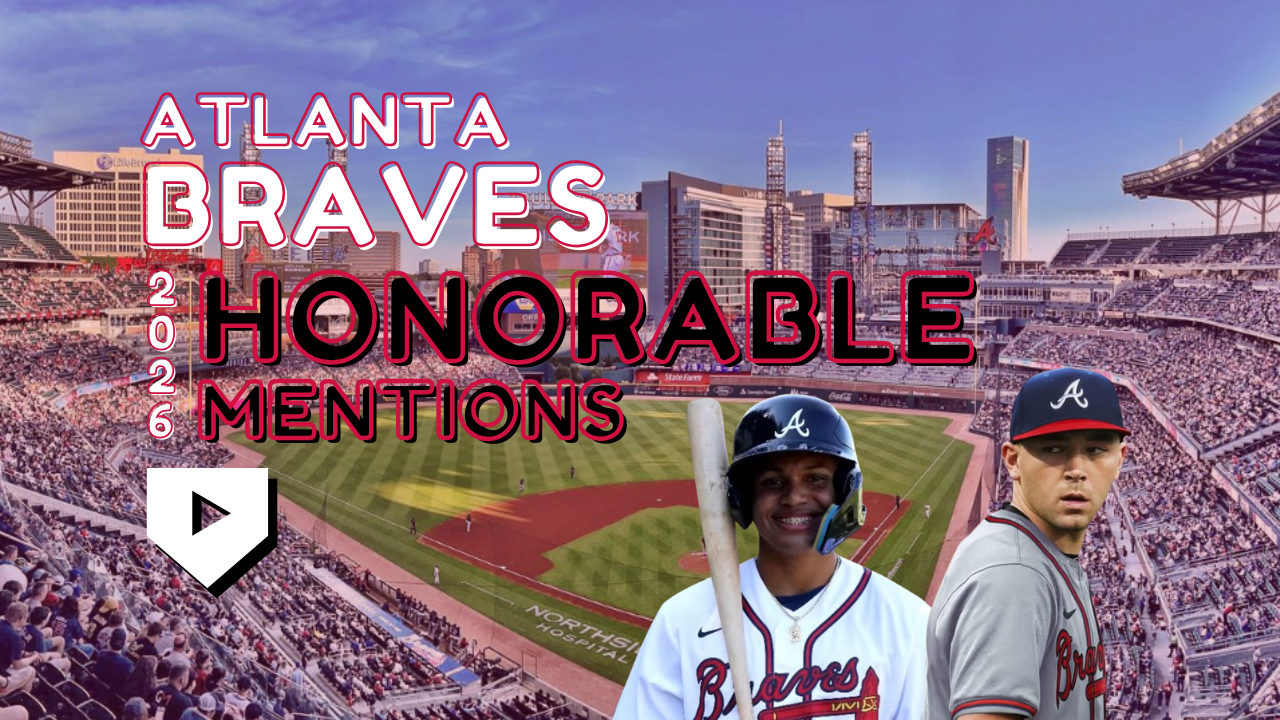

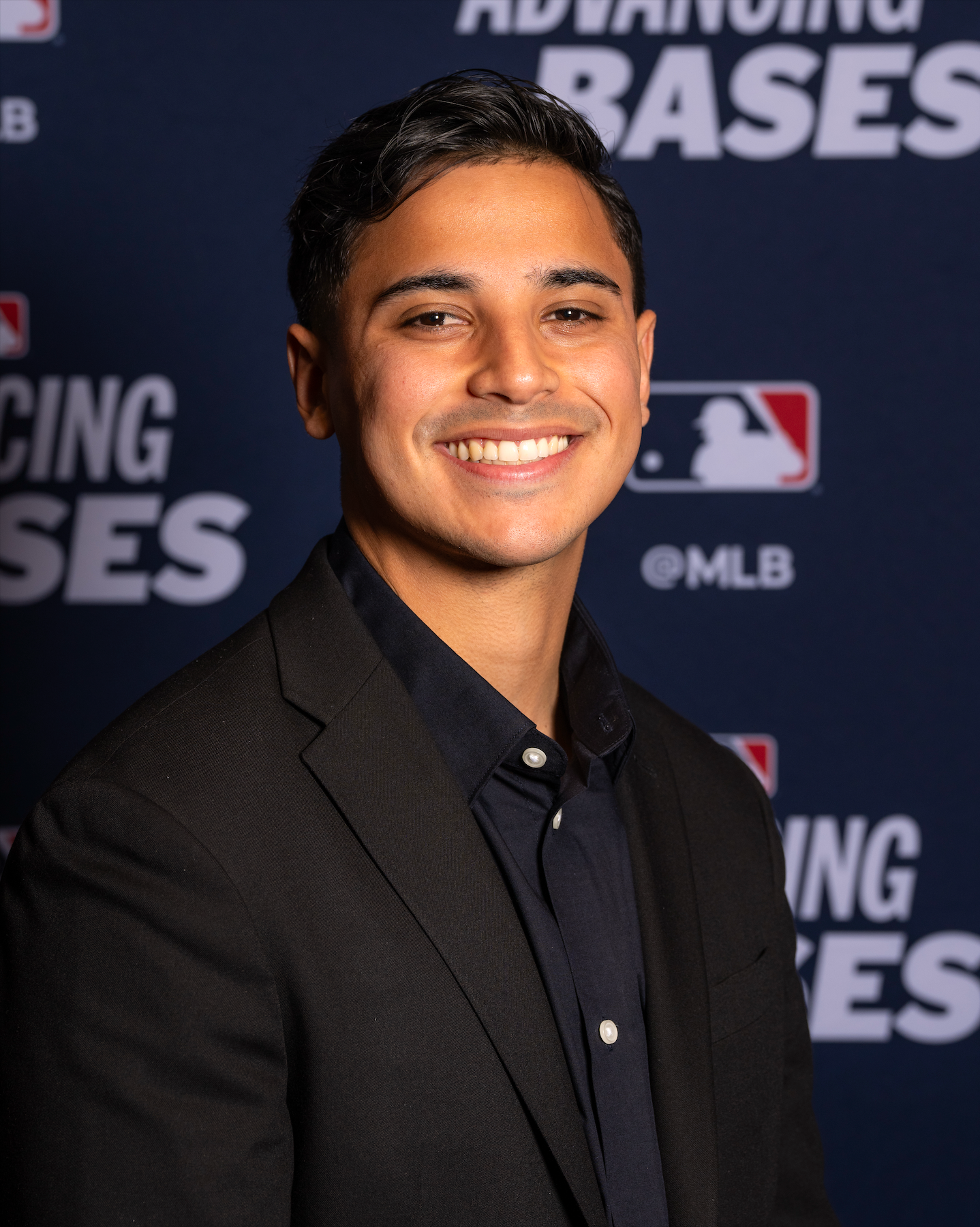



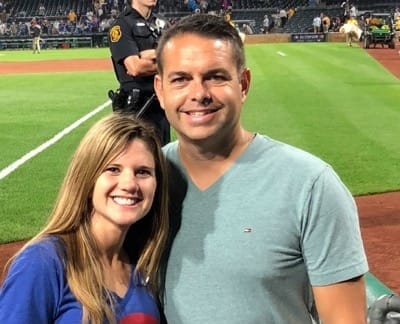
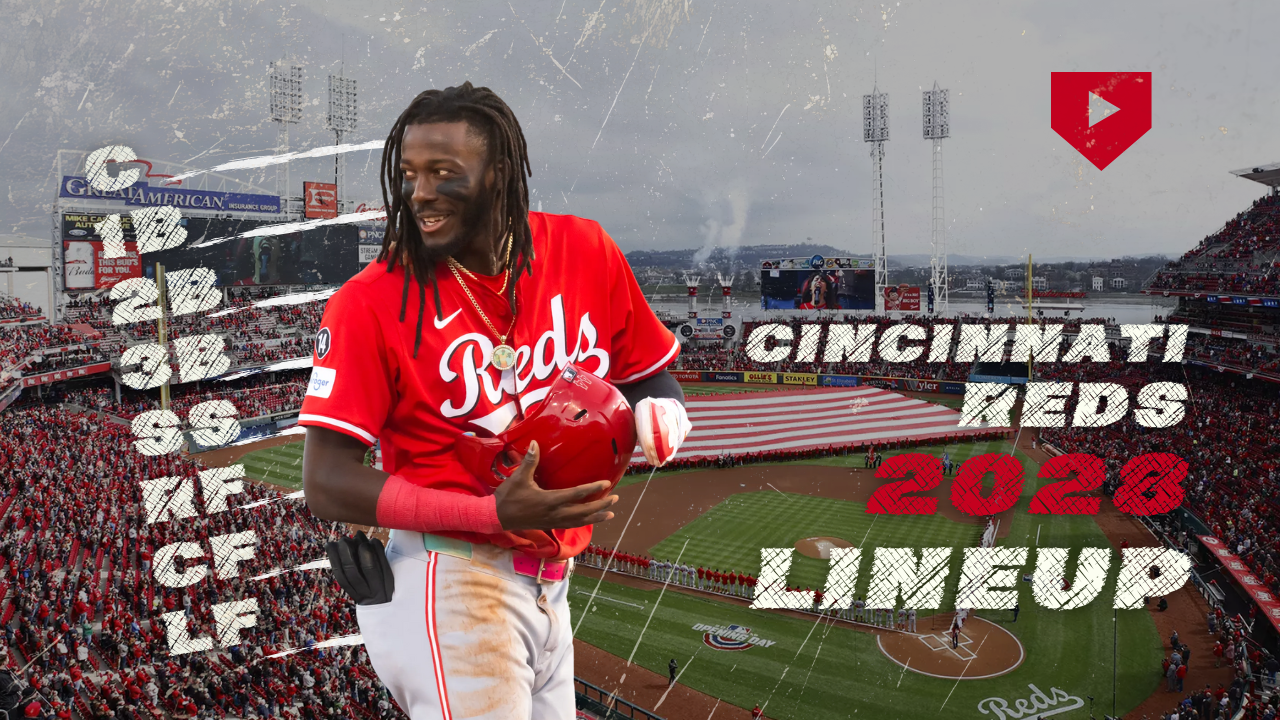




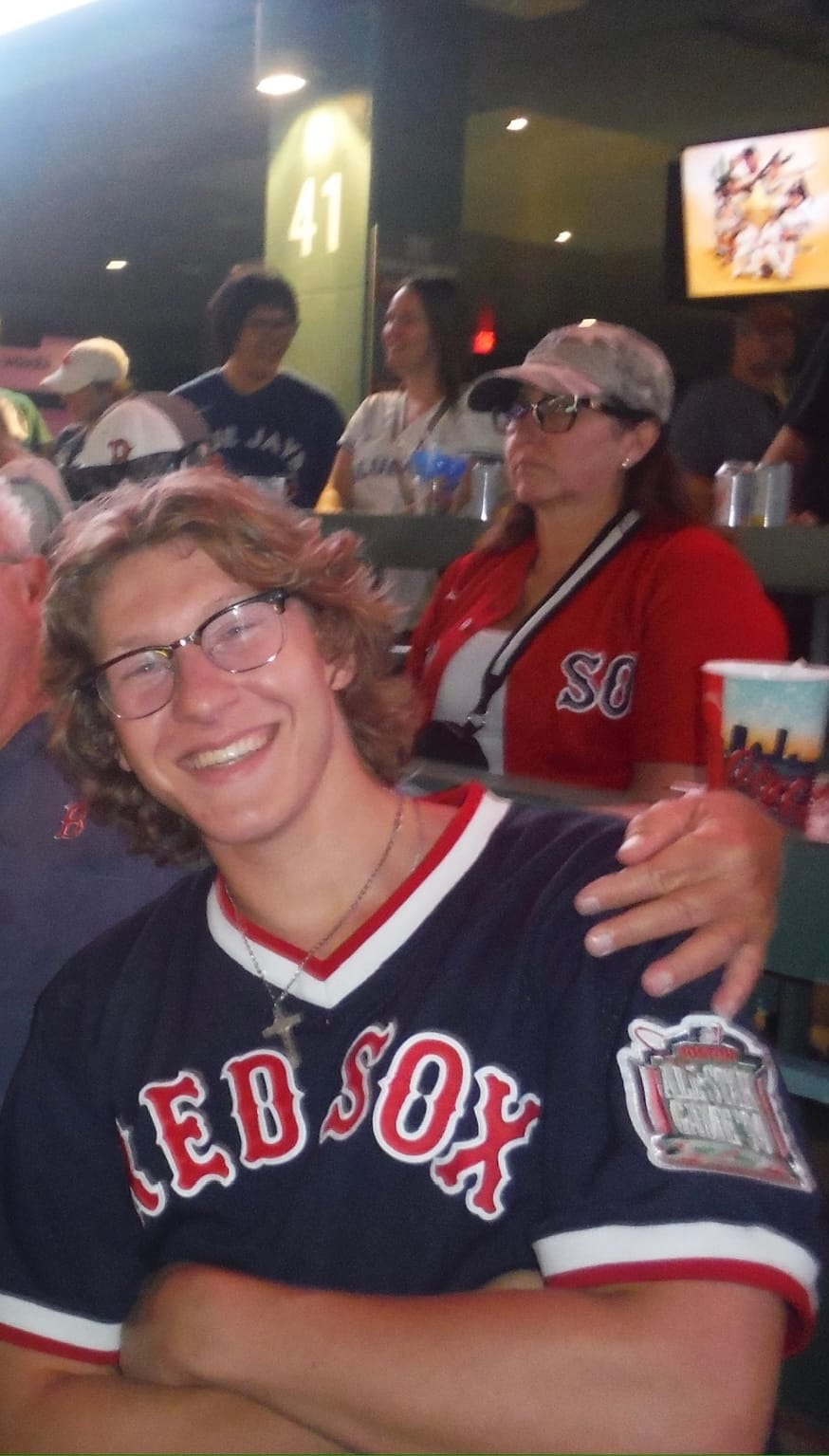
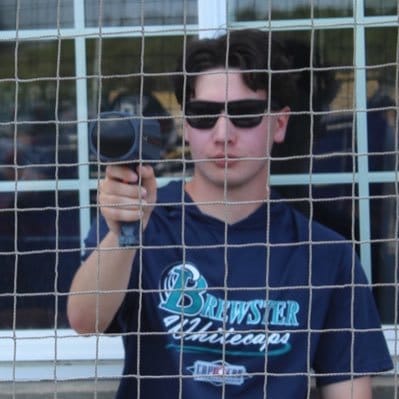



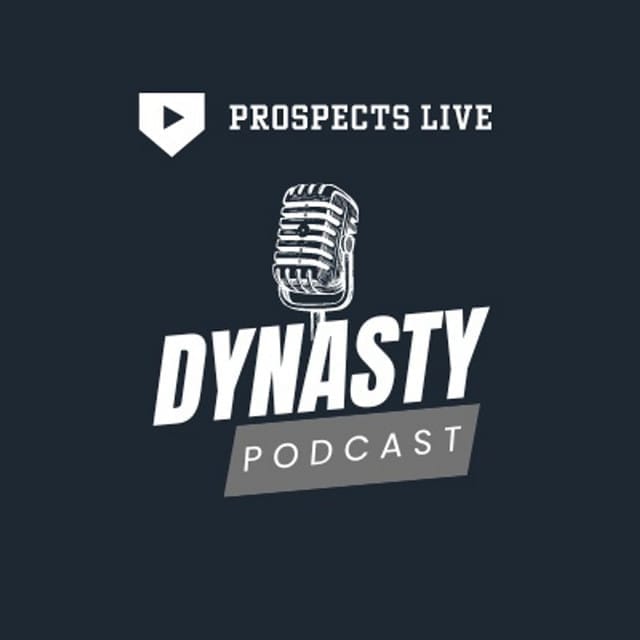
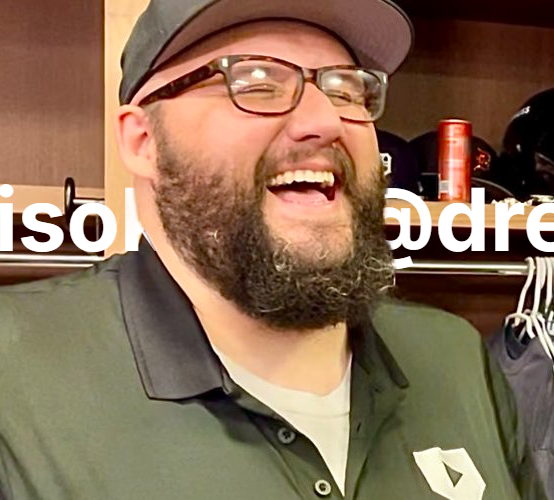

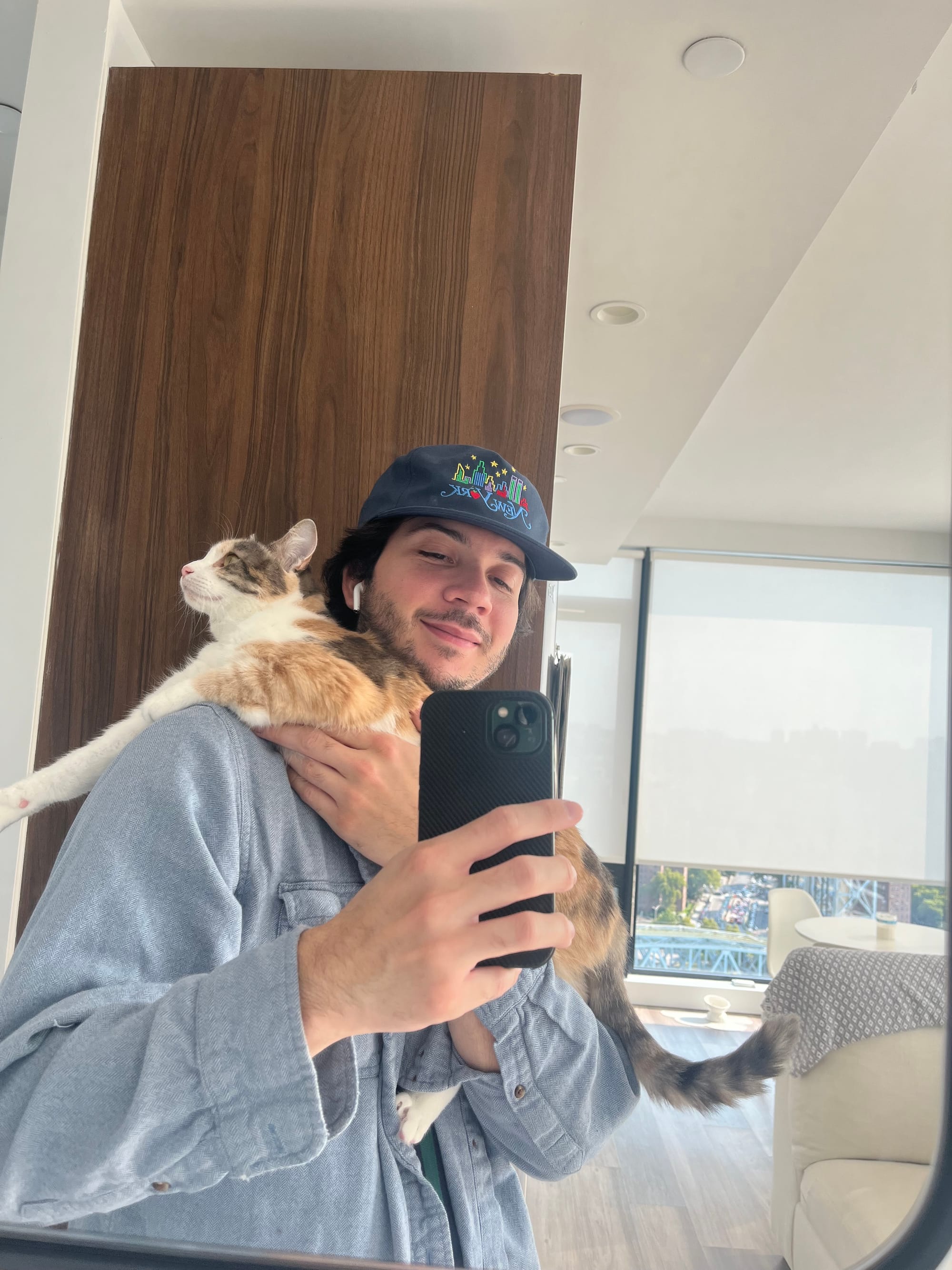




Discussion